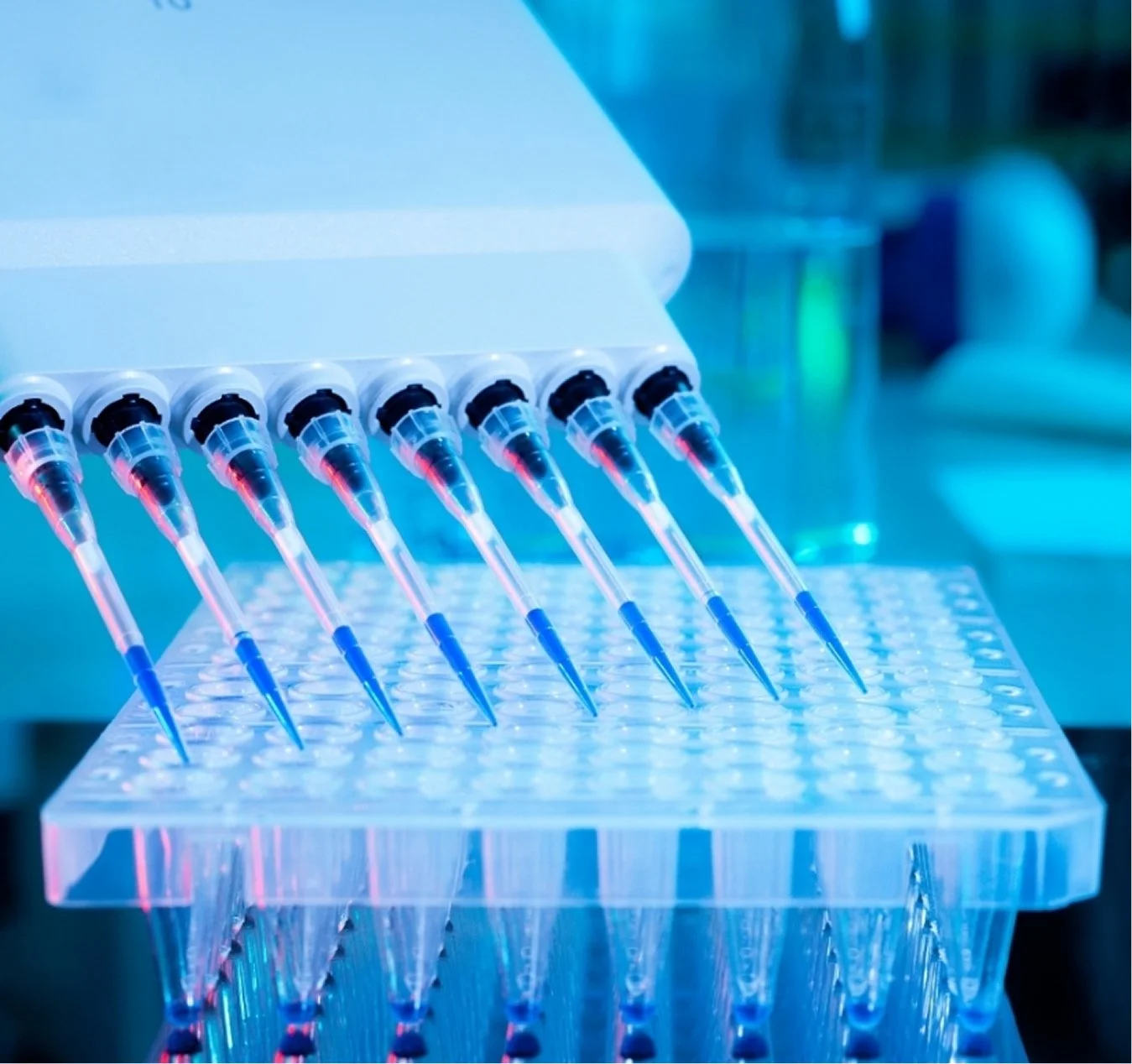 Image 1 of 1
Image 1 of 1


Human Galectin-3 ELISA Kit
SIZE
96 wells/kit
INTRODUCTION
Galectin-3 is a member of the b-galactoside-binding lectins family which has conserved carbohydrate recognition domain (CDR). It is a 35 kDa protein located in cytoplasm, nucleus and extracellular spaces. It is also also a member of the beta-galactoside-binding protein family that plays an important role in cell-cell adhesion, cell matrix interactions, macrophage activation, angiogenesis, apoptosis and insulin resistance. Elevated serum galectin-3 levels were observed in Behcet’s disease, thyroid, Alzheimer’s disease, cardiovascular disease such as left atrial appendage (LAA) stroke and in several types of cancers especially when it is metastatic. Moreover, circulating levels of galectin-3 were higher in obese patients and it is an indicator of insulin resistance.
PRINCIPLE OF THE ASSAY
This assay is a quantitative sandwich ELISA. The immunoplate is pre-coated with a polyclonal antibody specific for human galectin-3. Standards and samples are pipetted into the wells and any human galectin-3 present is bound by the immobilized antibody. After washing away any unbound substances, a horseradish peroxidase (HRP)-linked polyclonal antibody specific for human galectin-3 is added to the wells. After a final wash step, an HRP substrate solution is added and colour develops in proportion to the amount of human galectin-3 bound initially. The assay is stopped and the optical density of the wells determined using a microplate reader. Since the increases in absorbance are directly proportional to the amount of captured human galectin-3, the unknown sample concentration can be interpolated from a reference curve included in each assay.
SIZE
96 wells/kit
INTRODUCTION
Galectin-3 is a member of the b-galactoside-binding lectins family which has conserved carbohydrate recognition domain (CDR). It is a 35 kDa protein located in cytoplasm, nucleus and extracellular spaces. It is also also a member of the beta-galactoside-binding protein family that plays an important role in cell-cell adhesion, cell matrix interactions, macrophage activation, angiogenesis, apoptosis and insulin resistance. Elevated serum galectin-3 levels were observed in Behcet’s disease, thyroid, Alzheimer’s disease, cardiovascular disease such as left atrial appendage (LAA) stroke and in several types of cancers especially when it is metastatic. Moreover, circulating levels of galectin-3 were higher in obese patients and it is an indicator of insulin resistance.
PRINCIPLE OF THE ASSAY
This assay is a quantitative sandwich ELISA. The immunoplate is pre-coated with a polyclonal antibody specific for human galectin-3. Standards and samples are pipetted into the wells and any human galectin-3 present is bound by the immobilized antibody. After washing away any unbound substances, a horseradish peroxidase (HRP)-linked polyclonal antibody specific for human galectin-3 is added to the wells. After a final wash step, an HRP substrate solution is added and colour develops in proportion to the amount of human galectin-3 bound initially. The assay is stopped and the optical density of the wells determined using a microplate reader. Since the increases in absorbance are directly proportional to the amount of captured human galectin-3, the unknown sample concentration can be interpolated from a reference curve included in each assay.


